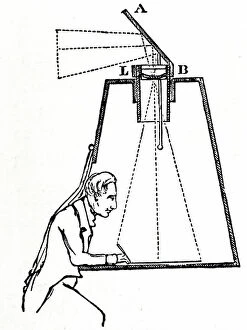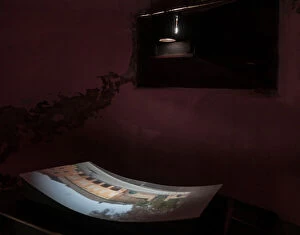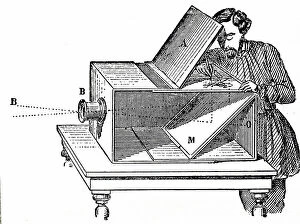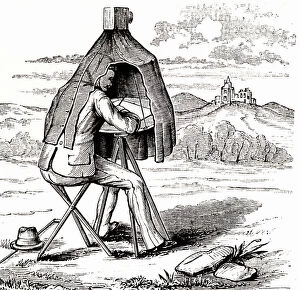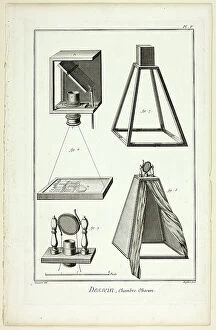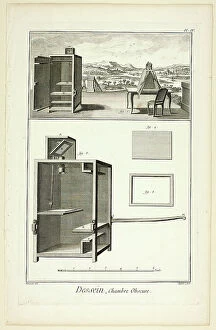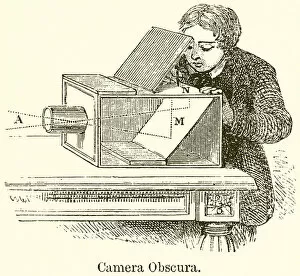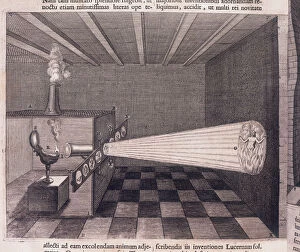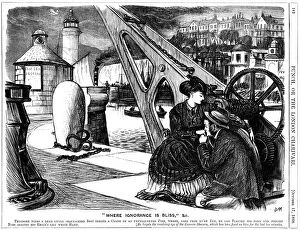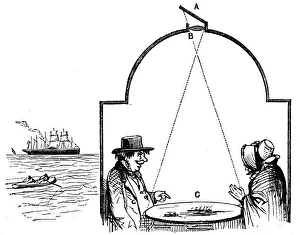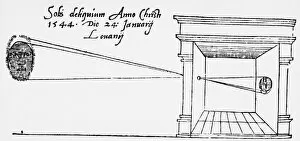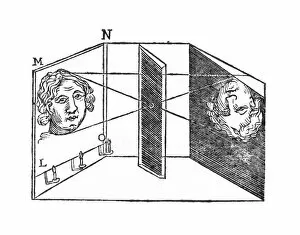Camera Obscura Collection
The camera obscura, a principle dating back centuries, has captivated artists and scientists alike
All Professionally Made to Order for Quick Shipping
The camera obscura, a principle dating back centuries, has captivated artists and scientists alike. In 1877, a wood engraving was published depicting this ingenious invention. The Academy of Sciences and Fine Arts showcased the camera obscura's magic through pen, ink, and wash on paper. Fast forward to 1899 in Philadelphia at the National Export Exposition where a black-and-white photograph captured the theater adorned with this optical device. Giulio Troili's brilliant idea of using a pantograph to draw in perspective is illustrated here. Engravings of the camera obscura itself are displayed multiple times - each one showcasing its intricate design and functionality. This apparatus served as a bridge between three-dimensional reality and two-dimensional drawings. In 1786-1788, Laterna Magica was created by Nicolai Abraham Abildgaard - an enchanting depiction that further highlights the allure of this phenomenon. Encyclopedie by Denis Diderot and Jean Le Rond d'Alembert from 1751-1765 also featured the camera obscura as an essential element worth exploring. However, it was Athanasius Kircher who truly delved into its secrets with his work "Ars magna lucis et umbrae" in 1646. His exploration shed light on how light interacts with shadows within this remarkable contraption. The camera obscura remains an enduring symbol of innovation bridging artistry and science throughout history - capturing imaginations then as it does now.

